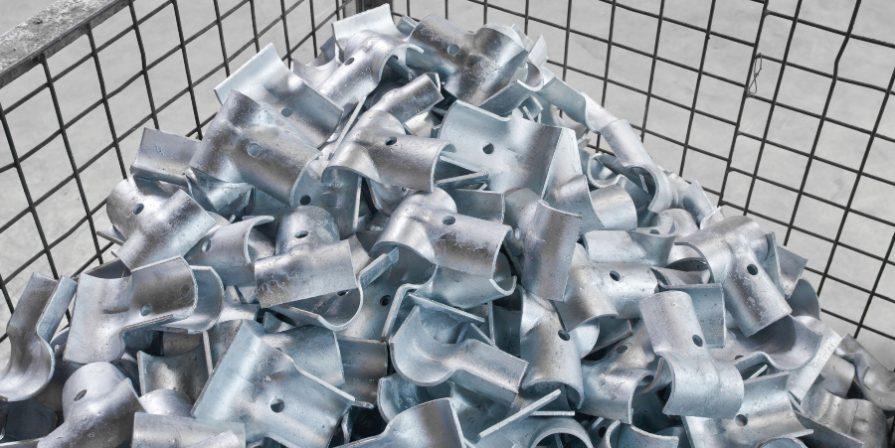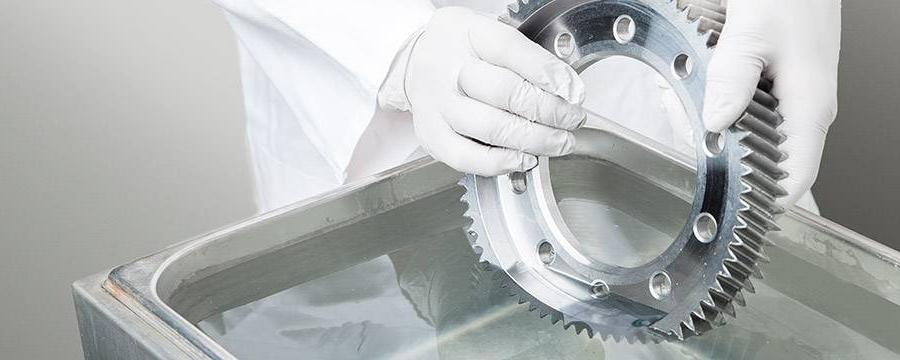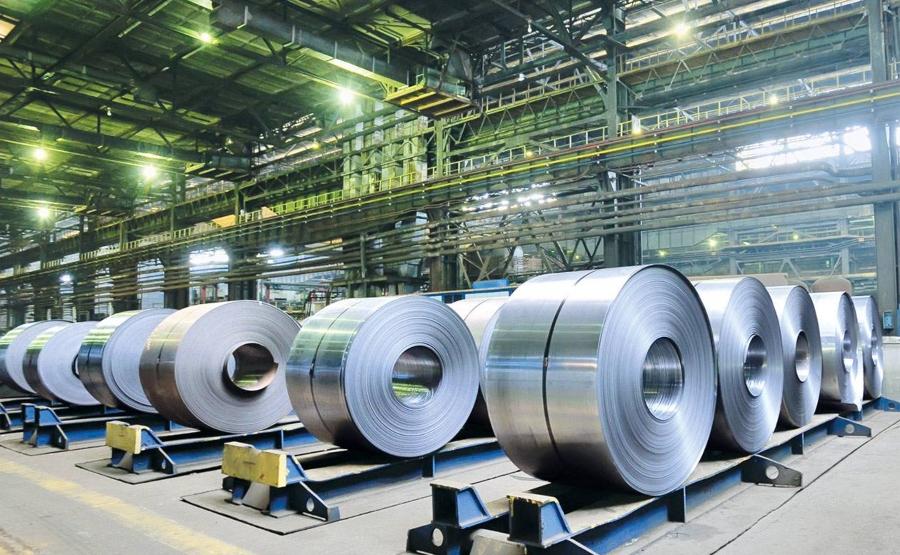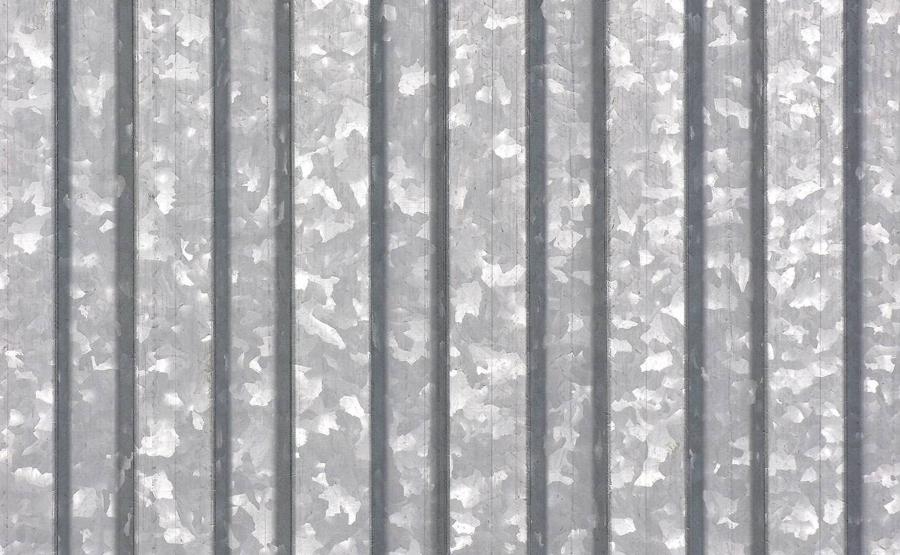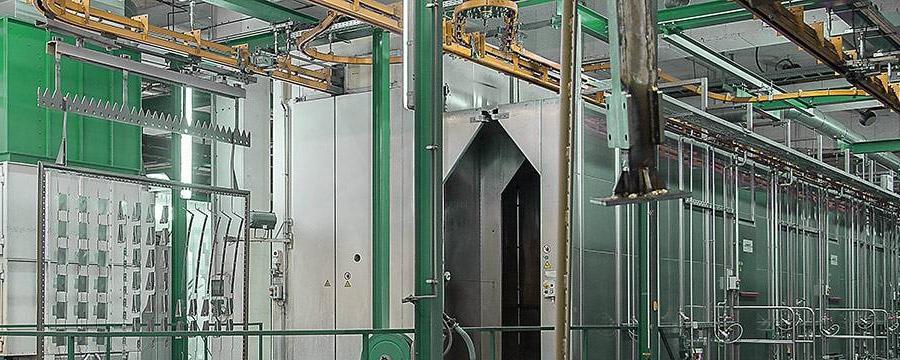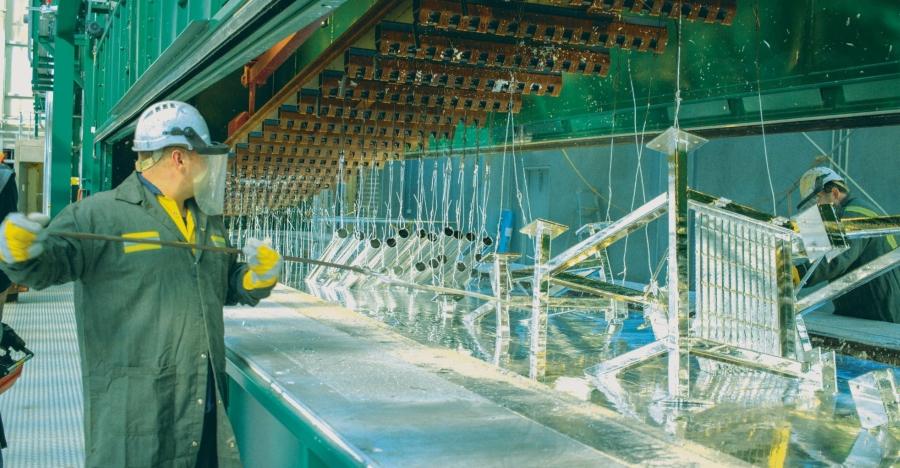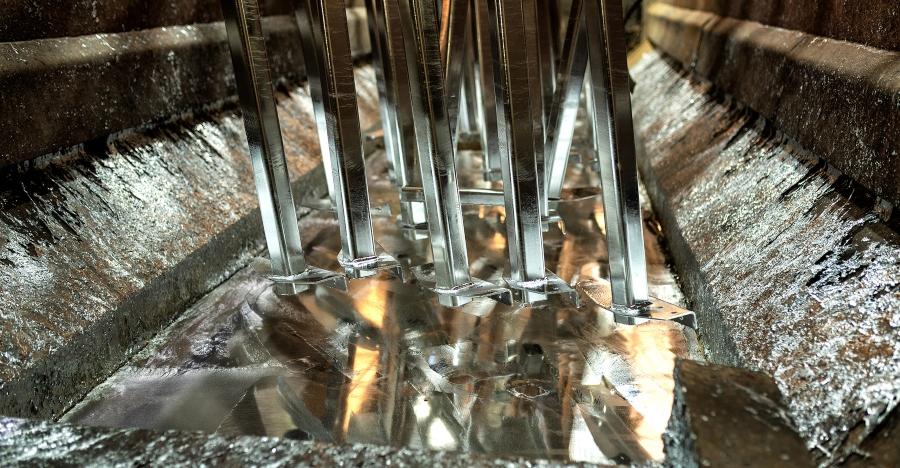Wherever the word “duplex” appears, it usually refers to something double-layered. In surface technology, duplex systems are no exception—they consist of two protective layers to defend against corrosion. The bottom layer is created through hot-dip galvanizing, while the top layer comes from coating the surface with an organic paint. Together, they combine to provide particularly long-lasting corrosion protection. Typically, two key players are involved in the duplex process: the hot-dip galvanizer and the coating applicator. For the system to function properly, their work must be carefully coordinated. Here is how all comes together.
How Do Duplex Systems Work?
The duplex process combines two independent corrosion protection techniques. The process begins with hot-dip galvanizing. Zinc coatings have proven effective over many decades in protecting steel structures. The protective metal reacts with oxygen in the surrounding air to form a chemical compound that covers the entire surface. This layer keeps oxygen from reaching the underlying steel for a long time. However, oxygen is persistent. When aided by humidity and airborne pollutants, it begins to attack the metal layer. This can lead to the formation of white rust, a corrosive product, which is undesirable.
That is where step two comes in: applying a suitable paint over the galvanized surface to block out oxygen. For this to work, the two materials must be compatible. The paint components must not degrade the metallic surface, and the two layers must bond tightly. If the paint is damaged—by abrasion, scratches, or impact from road debris—oxygen can sneak in and start spreading underneath. But it first encounters the galvanizing and is stopped in its tracks. The zinc acts as a barrier and protects the steel from underfilm corrosion.
How Are Duplex Systems Created?
Hot-Dip Galvanizing
In hot-dip galvanizing, the entire steel component is submerged in molten zinc. At the surface, zinc and iron react to form a zinc-iron alloy. When the part is removed from the bath, excess material flows off, leaving a thin final layer on the surface. This process is known as batch galvanizing and follows well-established industry procedures for quality and layer thickness.
Zinc melts at approximately 788 °F, and the bath is typically kept between 824–860 °F. For applications requiring higher precision or more wear-resistant finishes, high-temperature galvanizing is used, with bath temperatures between 1040–1148 °F. The resulting hotter, more fluid metal spreads more evenly and produces a harder, more impact-resistant surface.
Steel components intended for hot-dip galvanizing must not contain enclosed cavities, as trapped air would expand under heat and cause dangerous pressure buildup—potentially leading to part failure. This is prevented by adding vent and drain holes that allow air and molten metal to pass through the component.
The galvanizer must also determine how to suspend the component for dipping and at what angle, to ensure the zinc drains off properly.
A clear technical drawing with appropriate surface symbols is extremely helpful in this step. For example, the labelling may specify thermal galvanizing without post-treatment—indicating that finishing work will take place later during the painting phase.
Surface Preparation for Final Finish
Duplex systems use either powder or liquid (wet) methods. The selected paint must be suitable for use on galvanized surfaces. Manufacturers typically provide this information in product data sheets and application guidelines.
Regardless of the chosen method, proper surface preparation is essential. Paint only adheres well to clean, dry surfaces. Between galvanizing and painting—and during storage—the zinc layer can become dirty or develop white rust, both of which compromise adhesion. These must be removed by washing, brushing, or sweep blasting.
Sweeping has proven particularly effective. It is a gentle version of abrasive blasting.
With a pressure of around 2.5 to 3 bar (at the nozzle), small grains measuring 0.25 mm to 0.5 mm remove unwanted deposits. The zinc coating is lightly roughened, creating an ideal base for the coating.
Powder Coatings
In powder coating, dry polyester or epoxy resin powder is blown onto the surface using compressed air. Electrostatic charges hold the powder in place until it is cured in an oven at 302–428 °F. This method is widely used for protecting galvanized steel in architectural and industrial applications, and established finishing procedures ensure long-lasting results.
Liquid Coating (Wet Painting)
For galvanized surfaces, liquid options may include alkyd resins, acrylics, epoxies, or polyurethanes. These are applied by spraying, brushing, or rolling. Proper selection of materials and layer thicknesses ensures reliable corrosion protection.
When Should Duplex Systems Be Used for Corrosion Protection?
For galvanized surfaces, liquid coatings may include alkyd resins, acrylics, epoxies, or polyurethanes. These are applied by spraying, brushing, or rolling. Proper selection of materials and layer thicknesses ensures reliable corrosion protection.
Corrosion exposure is typically classified into categories—from negligible to extreme—based on environmental factors like humidity, pollution, and salt. The performance of a coating system is then matched to a durability class, ranging from very low (less than two years) to very high (over twenty-five years).
Classification into Protection Durability Classes
The Following Corrosivity Categories Are Defined:
- C1 negligible
- C2 low
- C3 medium
- C4 high
- C5 very high
- C5-I very high (only according to DIN 55633 for powder coating, exposure from industrial environments)
- C5-M very high (only according to DIN 55633 for powder coating, exposure from seawater)
- CX extreme (only according to DIN EN ISO 14713 for hot-dip galvanizing and DIN EN ISO 12944 for liquid coating)”
Durability Classes for Hot-Dip Galvanizing:
- Very Low (VL): < 2 years
- Low (L): 2–5 years
- Medium (M): 5–10 years
- High (H): 10–20 years
- Very High (VH): > 20 years
Durability Classes for Powder Coating:
- Low (L): 2–5 years
- Medium (M): 5–15 years
- High (H): >15 years
Durability Classes for Liquid Coating:
- Low (L): <7 years
- Medium (M): 7–15 years
- High (H): 15–25 years
- Very High (VH): >25 years
The final durability of a duplex system depends on the thickness of the zinc layer and the number and thickness of the paint layers. These factors determine how often maintenance will be needed.
Duplex systems often provide a service life that is 1.5 to 2.5 times longer than the combined life expectancy of the individual layers alone.
Duplex protection is particularly useful starting at higher exposure levels—such as industrial environments, bridges, and transmission towers—where medium to long service life is required. In these cases, the investment pays off in multiple ways. A galvanized surface needs less paint and thinner layers to achieve the same protection as untreated steel. This also extends the interval between repainting.
Over the lifetime of a steel structure, this results in significant savings on coating materials and maintenance. In offshore environments with high salt exposure, duplex systems are often the only viable long-term solution. And sometimes, it is simply a matter of aesthetics: a vibrant color finish can be a welcome improvement over the plain gray of galvanized steel.
 Kluthe Magazine
Kluthe Magazine
